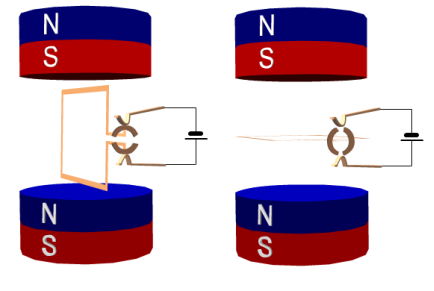Now, using 1/t = frequency, 1/5 = t. However, the solutions indicate that t = 1/20. Could someone explain why this is so? Your help is much appreciated. 
Even though the frequency of the generator is 5Hz, this does not mean that you substitute t=1/5 into Faraday's Law.

Have a look at the two positions above. The first is where there is 0 magnetic flux threading the coil (parallel to magnetic field), while the second shows a position of maximum magnetic flux through the coil. Imagine the coil rotating in a clockwise direction. It can be broken up into four different motions (to simplify it):
1: Rotating from 0 to 90 degrees, going from 0 magnetic flux to maximum magnetic flux. (This is a quarter of a rotation and hence 1/20th of a second)
2: Rotating from 90 to 180 degrees, going from maximum magnetic flux back to 0 magnetic flux.
3: Rotating from 180 to 270 degrees, going from 0 magnetic flux to maximum magnetic flux.
4: Rotating from 270 degrees to 360 degrees (originally position), going from maximum magnetic flux back to 0.
So to find the average EMF induced, we can just take one of these sections of the motion and use 1/20th of a second - that is it takes 1/20th of a second for the coil to go from 0 flux to maximum magnetic flux (or vice versa). You could also use 4 times the magnetic flux (as it goes from a maximum to 0 four times in the motion) with 1/5th of a second if that suits you.

